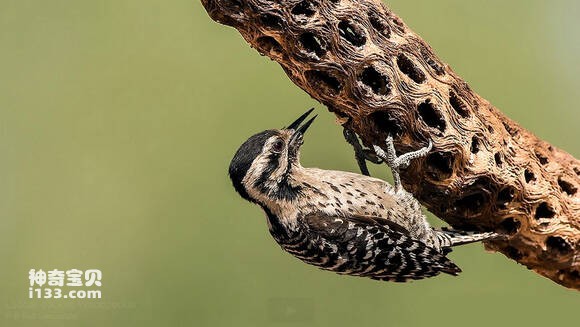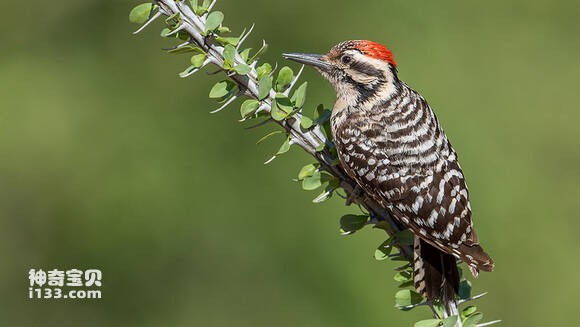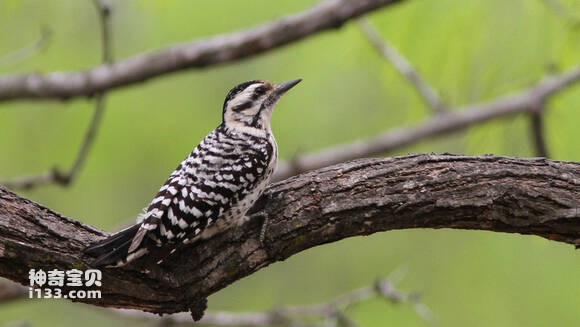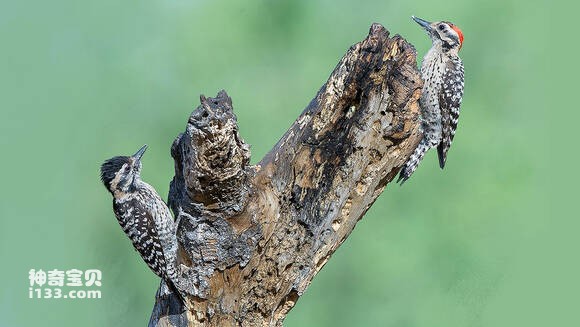Dryobates scalaris
IUCN
LCBasic Information
Scientific classification
- name:Dryobates scalaris
- Scientific Name:Dryobates scalaris,Picoides scalaris,Ladder-backed Woodpecker
- Outline:Climbing birds
- Family:
Vital signs
- length:16.5-19cm
- Weight:No textual research information is available
- lifetime:No textual research information is available
Feature
Distribution and Habitat
The striated woodpecker is found in North America, including the United States, Canada, Greenland, Bermuda, St. Pierre and Miquelon Islands, and the transition zone between North and Central America in Mexico. Central America, located between North and South America, includes Guatemala, Belize, Honduras, El Salvador, Nicaragua, Costa Rica, Panama, Bahamas, Cuba, Haiti, Jamaica, Dominica, Antigua and Barbuda, Saint Vincent and the Grenadines, Saint Lucia, Barbados, Grenada, Trinidad and Tobago and other countries and territories.
Woodpeckers live in holes carved into tree trunks, while in dry climates large cactus burrows are preferred.
Appearance
The striated woodpecker is 16.5-19 cm (6½-7½ in) long and is predominantly black and white in color, with black and white stepped stripes on the back and wings, white on the lower side of the tail feathers with black spots, and milky white on the breast and belly sides with small black spots. The southern population has a dark yellow breast and a significantly smaller beak. Adult males have reddish-brown crowns, females and juveniles do not.
Details
Dryobates scalaris, Picoides scalaris, and Ladder-backed Woodpecker are small woodpeckers。

The striated woodpecker is similar in appearance to the California woodpecker, but the head and upper back feathers are less black, and their range overlaps only slightly in southern California and northern Baja California. Hybrids of the two also exist。

Like most woodpeckers, they use their chisel-like beaks to burrow into tree trunks in search of insects and their larvae, but they also eat cactus fruit.
Females lay two to seven eggs at a time, which are pure white. The eggs are incubated by both parents, but the time required for nesting and other information is unknown。

Listed in the International Union for Conservation of Nature (IUCN) ver 3.1:2009 Bird Red List.
Protect wild animals and eliminate wild meat.
It is everyone's responsibility to maintain ecological balance
!








